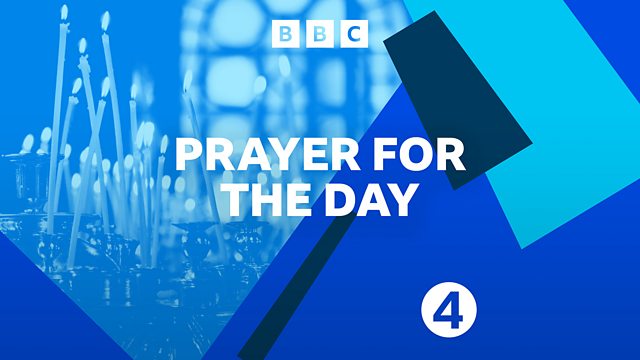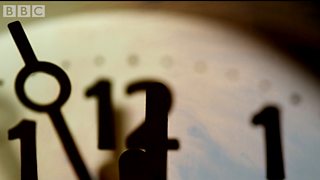Main content

11/11/2015
A spiritual comment and prayer to begin the day with Jasdeep Singh, curator of the National Army Museum's Indian Army collection.
Last on
Wed 11 Nov 2015
05:43
���˿��� Radio 4
Script
Good morning. This year, Armistice Day falls on the same day as Diwali, the Indian festival of light. Many people of Indian descent will be lighting lamps for Diwali which will also commemorate their ancestors among the Commonwealth and Indian troops who served and died alongside the British during the Great War. It’s a role that’s not widely known and sometimes overlooked, although the British Indian Army served in all major theatres of the First World War including the Western Front, Gallipoli, East Africa, Salonika, and Mesopotamia - with 11 Indian soldiers being awarded the Victoria Cross.
A century ago, undivided India comprised modern-day India, Pakistan, Bangladesh, Burma and Sri Lanka. Soldiers in the Indian Army were recruited from the so-called ‘martial races’ including Sikhs, Gurkhas, Punjabi Muslims - as well as Hindu Dogras and Rajputs. They came from a variety of religions and cultures, and spoke many languages.
At the outbreak of the war, the Indian Army had 240,000 men. By war’s end, more than 1.5 million Indians had volunteered for service - a larger number than the rest of the dominions and colonies combined, and second only to those enlisting from the British Isles.
Today we mark the contribution of all those who served as brothers in arms during the Great War - from the British Tommy to the Indian Sepoy. This was truly a world war, fought in all areas by men from across the globe.
Let us remember the dead, injured, and bereaved of all wars. The contribution of those who served and fell in the Great War knows no boundaries of race, class or religion, and their sacrifice has lit the way for our society today.
A century ago, undivided India comprised modern-day India, Pakistan, Bangladesh, Burma and Sri Lanka. Soldiers in the Indian Army were recruited from the so-called ‘martial races’ including Sikhs, Gurkhas, Punjabi Muslims - as well as Hindu Dogras and Rajputs. They came from a variety of religions and cultures, and spoke many languages.
At the outbreak of the war, the Indian Army had 240,000 men. By war’s end, more than 1.5 million Indians had volunteered for service - a larger number than the rest of the dominions and colonies combined, and second only to those enlisting from the British Isles.
Today we mark the contribution of all those who served as brothers in arms during the Great War - from the British Tommy to the Indian Sepoy. This was truly a world war, fought in all areas by men from across the globe.
Let us remember the dead, injured, and bereaved of all wars. The contribution of those who served and fell in the Great War knows no boundaries of race, class or religion, and their sacrifice has lit the way for our society today.
Broadcast
- Wed 11 Nov 2015 05:43���˿��� Radio 4

